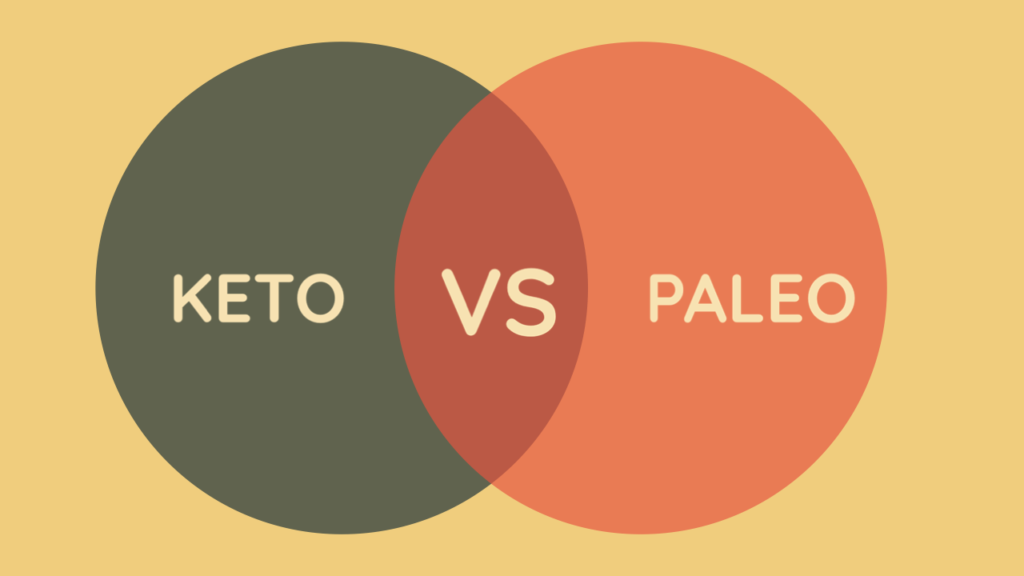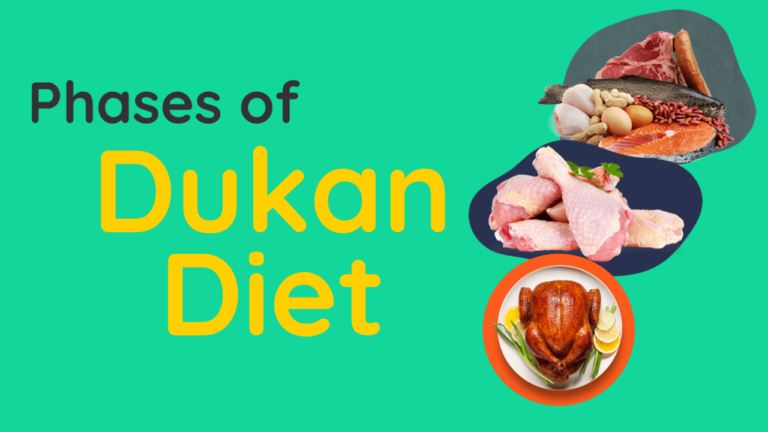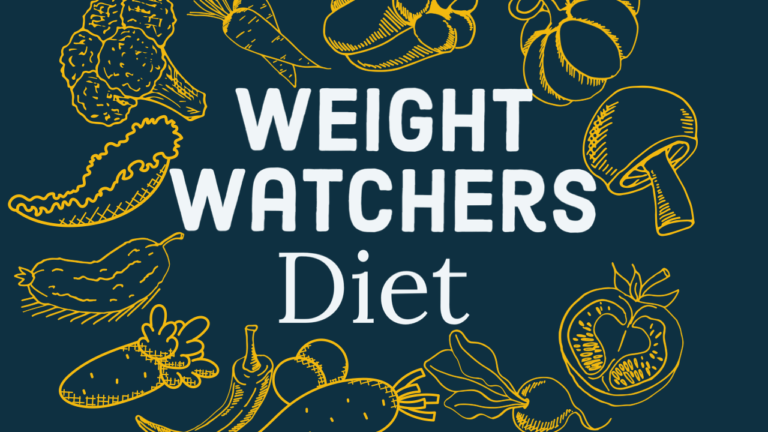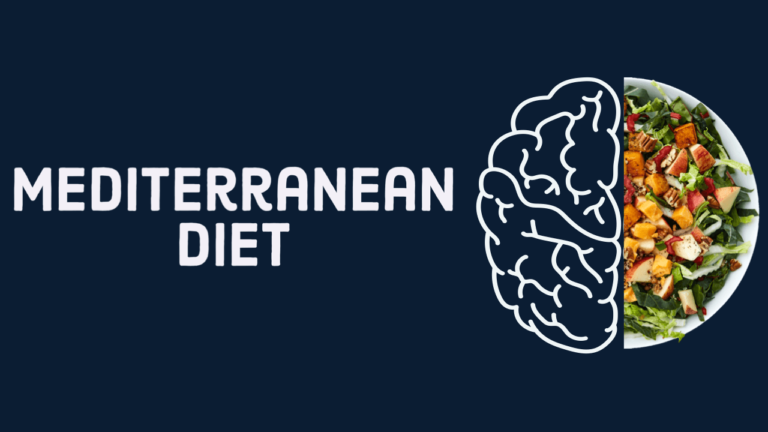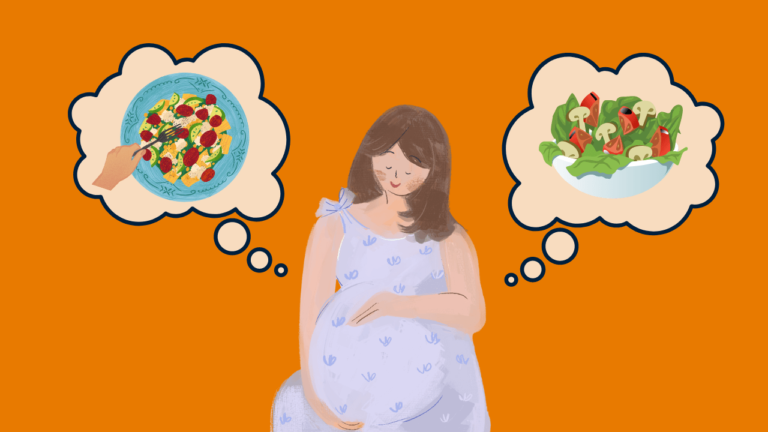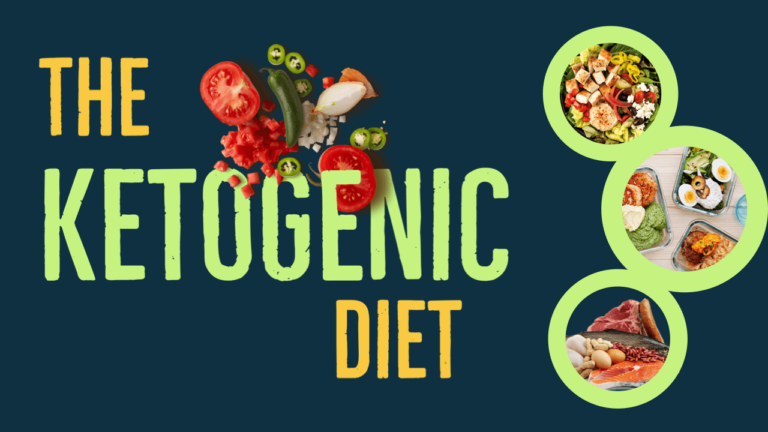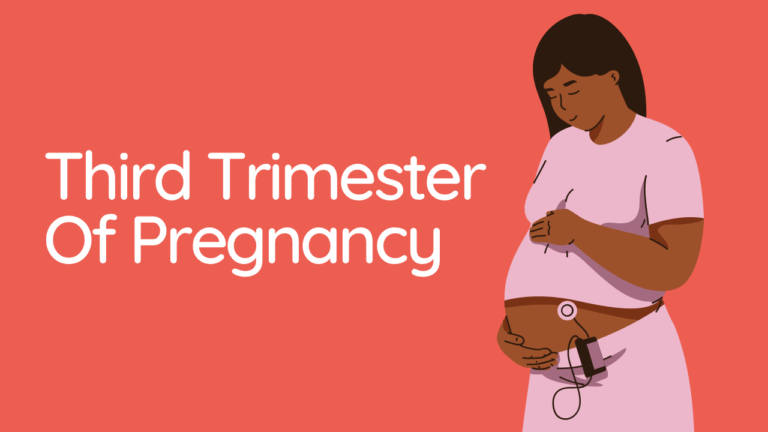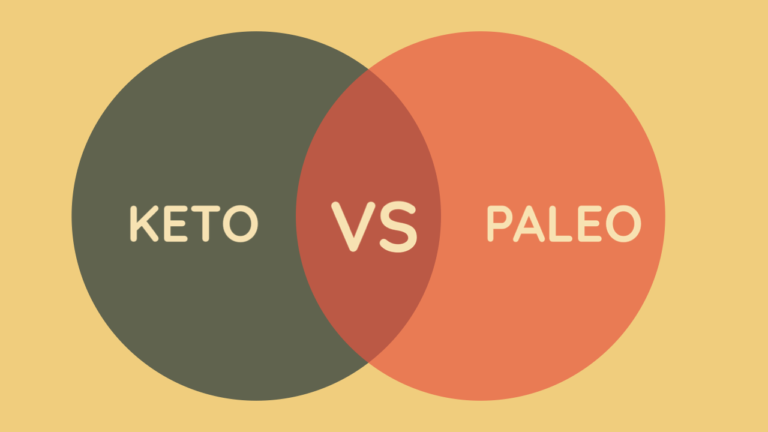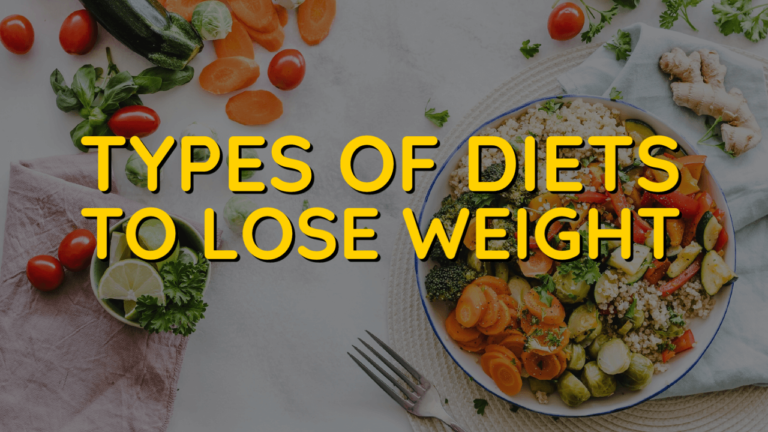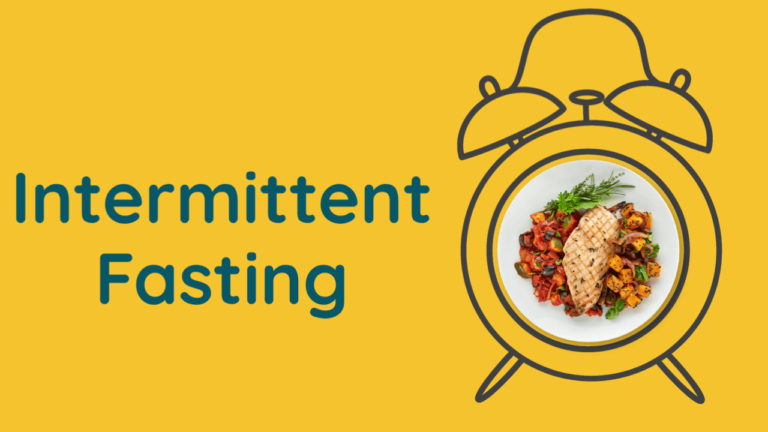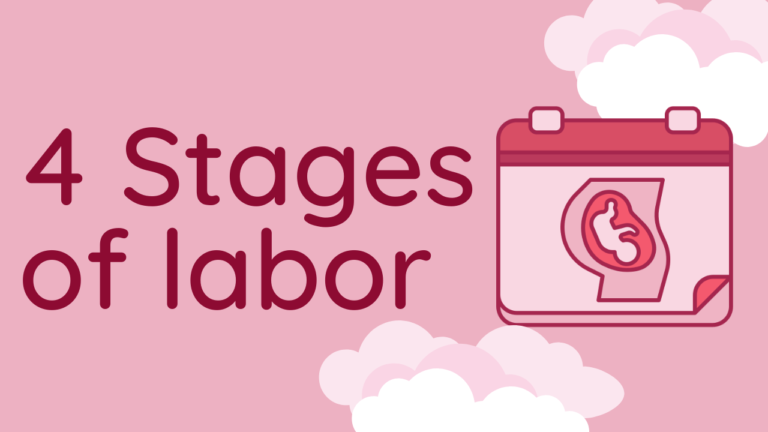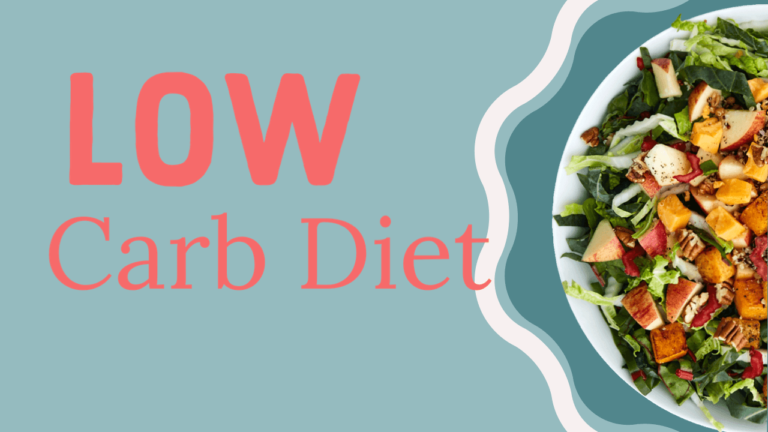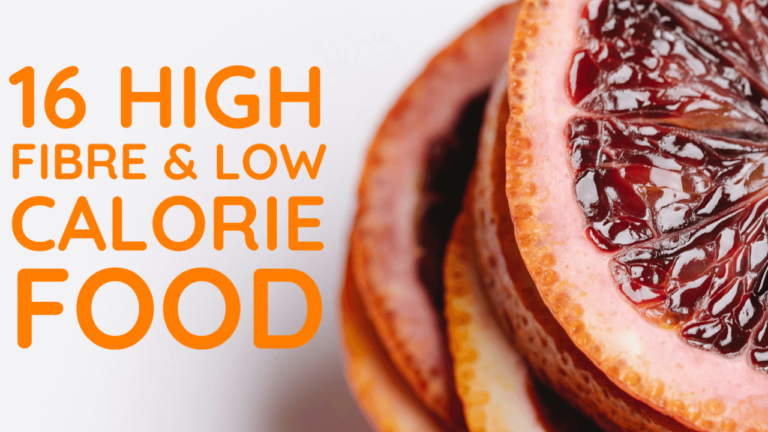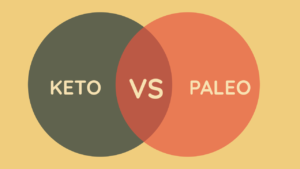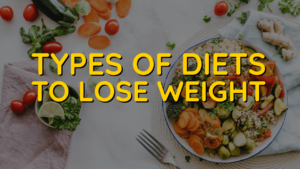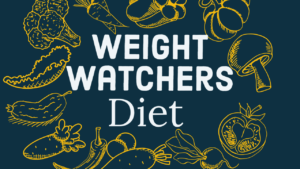We believe that a healthy lifestyle is essential for optimal well-being. With the plethora of diet options available, it can be challenging to find the best one for you. Here, we’ll dive into the the discussion on Keto vs Paleo and how it can help you achieve your health and weight loss goals.
What Is Keto Diet?
The keto diet, also known as the ketogenic diet, is a low-carbohydrate, high-fat dietary plan that has been shown to promote weight loss, improve blood sugar control, and reduce the risk of certain diseases.
The keto diet involves drastically reducing carbohydrate intake and replacing it with healthy fats. By doing so, the body enters a state of ketosis, in which it burns fat for energy instead of carbohydrates.
Foods that are typically consumed on the keto diet include meats, fish, nuts, seeds, low-carb vegetables, and healthy fats such as olive oil and avocado oil. Foods that are high in carbohydrates, such as grains, sugar, and processed foods, are generally avoided.
The keto diet has been shown to have numerous health benefits, including weight loss, improved blood sugar control, reduced inflammation, and improved heart health. However, it’s important to note that the keto diet may not be suitable for everyone, and it’s important to consult with a healthcare professional before starting any new dietary plan.
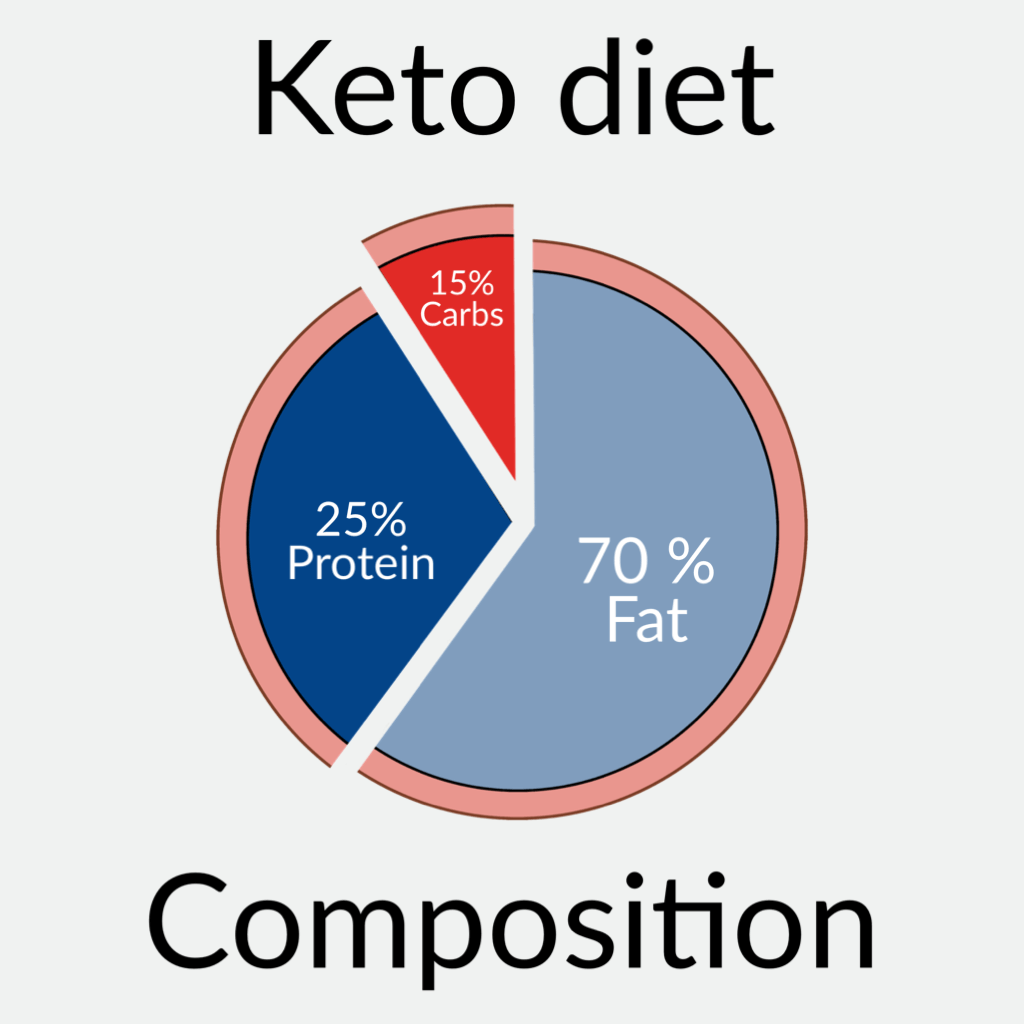
The Health Benefits of the keto Diet
The keto diet has gained popularity in recent years due to its potential health benefits. Here are some of the main health benefits associated with the keto diet:
- Weight Loss: The keto diet may promote weight loss by reducing hunger and increasing feelings of fullness, as well as by causing the body to burn fat for energy. Studies have shown that the keto diet can be more effective for weight loss than other diets, including low-fat diets.
- Improved Blood Sugar Control: The keto diet can improve blood sugar control and insulin sensitivity in people with type 2 diabetes. This is because the diet restricts carbohydrates, which can cause blood sugar spikes.
- Reduced Inflammation: The keto diet may reduce inflammation in the body, which is a risk factor for several chronic diseases. In particular, the diet may reduce levels of pro-inflammatory cytokines in the body.
- Improved Heart Health: The keto diet may improve several risk factors for heart disease, including blood triglyceride levels, blood pressure, and HDL cholesterol levels.
- Potential Cancer-Fighting Properties: Some studies have suggested that the keto diet may have anti-cancer properties, as cancer cells rely on glucose for energy and the keto diet restricts glucose intake.
- Improved Brain Function: The keto diet may improve cognitive function and reduce symptoms of neurological disorders such as Alzheimer’s disease and epilepsy. This is thought to be due to the production of ketones, which can provide an alternative energy source for the brain.
It’s important to note that the keto diet is not appropriate for everyone and should only be undertaken with medical supervision. The diet can have side effects such as constipation, nutrient deficiencies, and the “keto flu” during the initial adjustment period. It’s also important to ensure that the diet is balanced and includes a variety of nutrient-dense foods.
What is the Paleo Diet?
The Paleo diet, also known as the caveman diet, is a dietary plan that focuses on consuming whole, unprocessed foods that were available to our ancestors during the Paleolithic era. This means that the diet is primarily composed of lean meats, fish, fruits, vegetables, nuts, and seeds, while excluding grains, legumes, dairy, and processed foods.
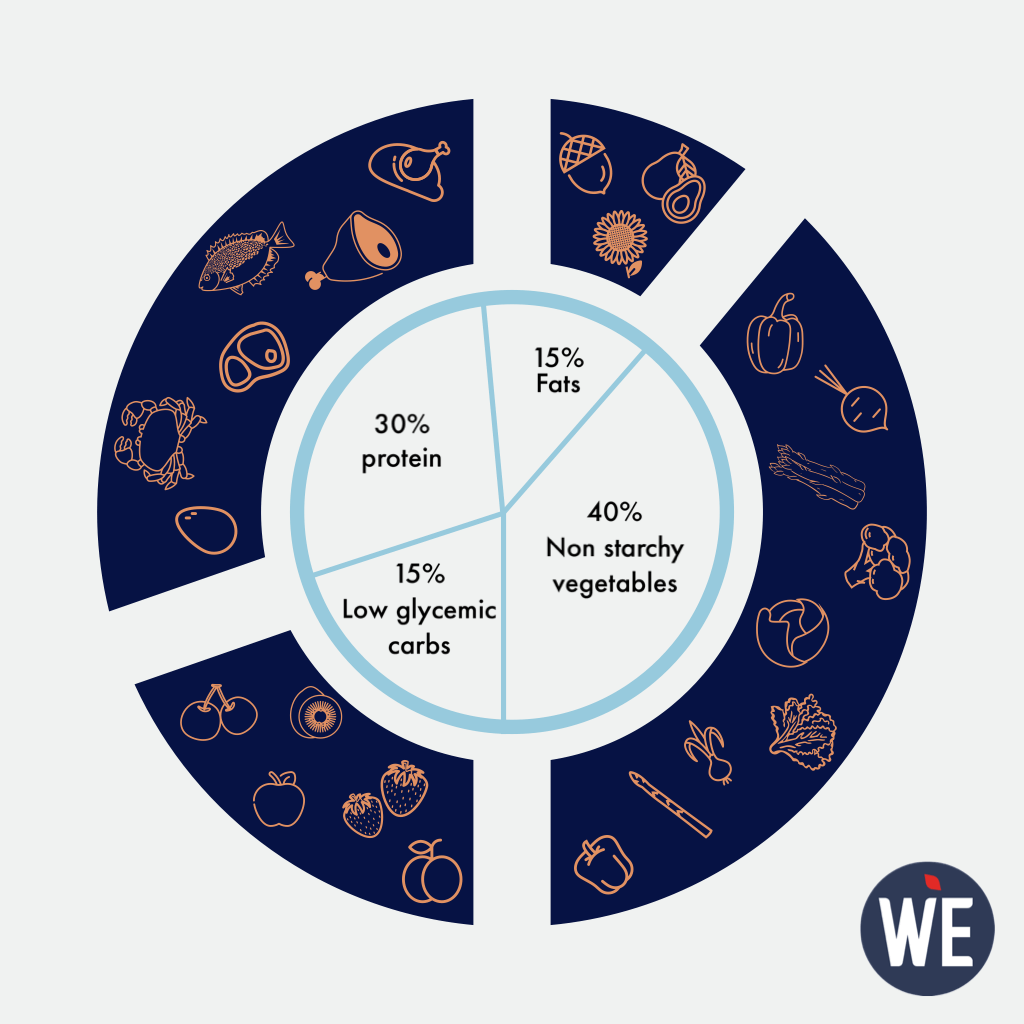
The Health Benefits of the Paleo Diet
- Improved Digestion: The paleo diet is rich in fiber, which can help regulate bowel movements and promote healthy digestion. This, in turn, can reduce the risk of developing conditions such as constipation, bloating, and inflammatory bowel disease.
- Weight Loss: The paleo diet promotes weight loss by encouraging the consumption of nutrient-dense, low-calorie foods that are high in protein and fiber. This can help reduce cravings, increase feelings of fullness, and improve metabolism, ultimately leading to a caloric deficit and weight loss.
- Reduced Inflammation: The paleo diet is anti-inflammatory and can help reduce chronic inflammation, which is linked to various health conditions such as heart disease, diabetes, and cancer.
- Improved Blood Sugar Control: The paleo diet is low in carbohydrates, particularly refined carbohydrates, which can cause blood sugar spikes and crashes. By consuming a diet that is rich in protein and fiber, blood sugar levels can be stabilized, which can reduce the risk of developing insulin resistance, type 2 diabetes, and other related conditions.
- Improved Heart Health: The paleo diet is low in saturated fats and cholesterol, which can help reduce the risk of developing heart disease. Additionally, the diet is rich in monounsaturated and polyunsaturated fats, which have been shown to improve cholesterol levels and reduce inflammation in the body.
How to Get Started on the Paleo Diet
- Focus on Whole, Unprocessed Foods: To get started on the paleo diet, it’s important to focus on consuming whole, unprocessed foods that are high in protein and fiber. This means incorporating lean meats, fish, fruits, vegetables, nuts, and seeds into your diet.
- Avoid Grains, Legumes, and Dairy: The paleo diet excludes grains, legumes, and dairy, as these foods were not available during the Paleolithic era. Instead, focus on consuming foods that were readily available during that time.
- Be Mindful of Your Macronutrient Intake: The paleo diet is low in carbohydrates, moderate in protein, and high in fat. It’s important to be mindful of your macronutrient intake and ensure that you’re consuming enough protein and healthy fats to meet your nutritional needs.
Keto vs Paleo Similarities
The keto diet and the paleo diet share some similarities. Both diets promote whole, unprocessed foods and encourage the consumption of healthy fats. Additionally, both diets can lead to weight loss and improved health outcomes.
Both diets also restrict carbohydrate intake, although the extent to which carbohydrates are restricted varies between the two diets. In general, the keto diet involves a much more drastic reduction in carbohydrate intake, with most people limiting their carbohydrate intake to less than 50 grams per day.
Furthermore, both diets can be adapted to suit individual needs and preferences. For example, some people on the paleo diet may choose to include some high-fat dairy products, while others may avoid them. Similarly, people on the keto diet may choose to incorporate some non-paleo foods, such as processed meats or low-carb sweeteners.
Despite these similarities, it’s important to note that the keto diet and the paleo diet are fundamentally different diets with different approaches to nutrition. While the paleo diet emphasizes whole, unprocessed foods and restricts grains, legumes, and dairy, the keto diet focuses on reducing carbohydrate intake and increasing fat intake to promote ketosis. Ultimately, the best diet for an individual will depend on their unique health goals and preferences.
Keto vs Paleo Differences
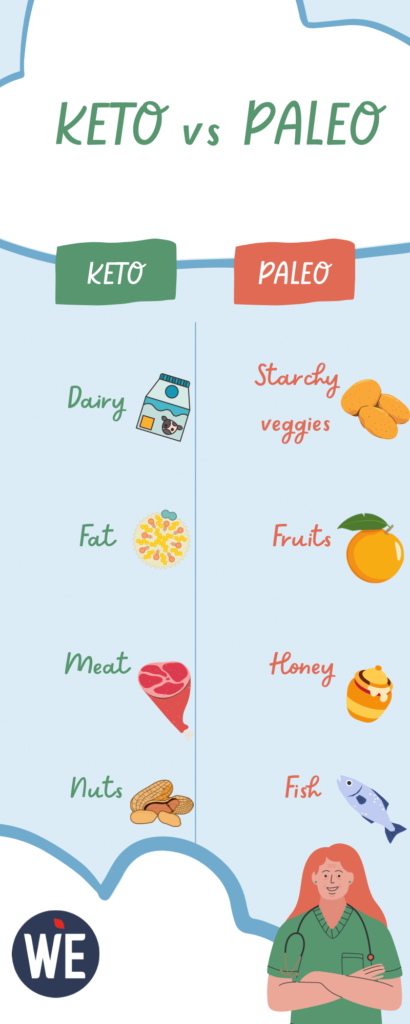
The keto diet and the paleo diet have several differences in their approach to nutrition and dietary restrictions. Some key differences between the two diets are:
Macronutrient Ratio: The keto diet is a high-fat, moderate-protein, and very low-carbohydrate diet, with the goal of promoting the production of ketones for energy. In contrast, the paleo diet does not have strict macronutrient ratios and emphasizes the consumption of whole, unprocessed foods.
Carbohydrate Restrictions: While both diets limit carbohydrate intake, the keto diet typically restricts carbohydrate intake to 20-50 grams per day, while the paleo diet allows for a moderate amount of carbohydrates from fruits, vegetables, and nuts.
Dairy: The paleo diet restricts dairy products, while the keto diet may include high-fat dairy such as cheese and cream.
Processed Foods: The paleo diet restricts processed foods and added sugars, while the keto diet may include processed meats and low-carbohydrate sweeteners.
Legumes and Grains: The paleo diet restricts legumes and grains, while the keto diet allows for some legumes and grains as long as they fit within the daily carbohydrate limit.
Focus on Ketosis: The keto diet is designed to promote ketosis, which is the metabolic state where the body burns fat for energy. In contrast, the paleo diet does not have a specific goal of achieving ketosis.
Ultimately, both diets have their own benefits and drawbacks, and the best dietary plan for an individual will depend on their unique health goals and preferences.
Keto vs Paleo Carb Intake
The keto diet and the paleo diet differ in their approach to carbohydrate intake.
The keto diet is a very low-carbohydrate diet, typically allowing for 20-50 grams of carbohydrates per day. This is because the primary goal of the keto diet is to promote ketosis, a metabolic state in which the body burns fat for energy instead of carbohydrates. To achieve this state, it’s necessary to severely restrict carbohydrate intake, as even small amounts of carbohydrates can prevent ketosis.
In contrast, the paleo diet allows for a moderate amount of carbohydrates from whole, unprocessed foods such as fruits, vegetables, and nuts. The paleo diet restricts grains, legumes, and processed foods, which tend to be high in carbohydrates and can cause spikes in blood sugar levels.
While the paleo diet does not have specific macronutrient ratios, it generally encourages a higher intake of protein and healthy fats, and a lower intake of carbohydrates. However, the emphasis is on whole, unprocessed foods rather than strict macronutrient ratios.
It’s important to note that the optimal amount of carbohydrates for an individual will depend on factors such as their activity level, metabolic health, and goals. Some people may thrive on a very low-carbohydrate keto diet, while others may prefer a more moderate carbohydrate intake as promoted by the paleo diet.
Keto vs Paleo: Which Diet is Right for You?
The Keto vs Paleo are often compared, as they both promote weight loss and improved health outcomes. However, there are significant differences between the two diets.
The paleo diet is primarily focused on consuming whole, unprocessed foods that were available to our ancestors, while the keto diet is a high-fat, low-carbohydrate diet that promotes a state of ketosis.
Both diets have been shown to promote weight loss, improved blood sugar control, and reduced inflammation. However, the keto diet may not be sustainable for some individuals due to its restrictive nature, while the paleo diet allows for more flexibility.
Conclusion
The paleo diet is a dietary plan that promotes whole, unprocessed foods and excludes grains, legumes, dairy, and processed foods. This diet has been shown to have numerous health benefits, including improved digestion, weight loss, reduced inflammation, improved blood sugar control, and improved heart health.
If you’re interested in getting started on the paleo diet, it’s important to focus on consuming whole, unprocessed foods that are high in protein and fiber. Additionally, be mindful of your macronutrient intake and avoid grains, legumes, and dairy.
While the paleo diet and the keto diet share some similarities, they are fundamentally different diets. Ultimately, it’s important to find a dietary plan that works for you and promotes your individual health goals.


